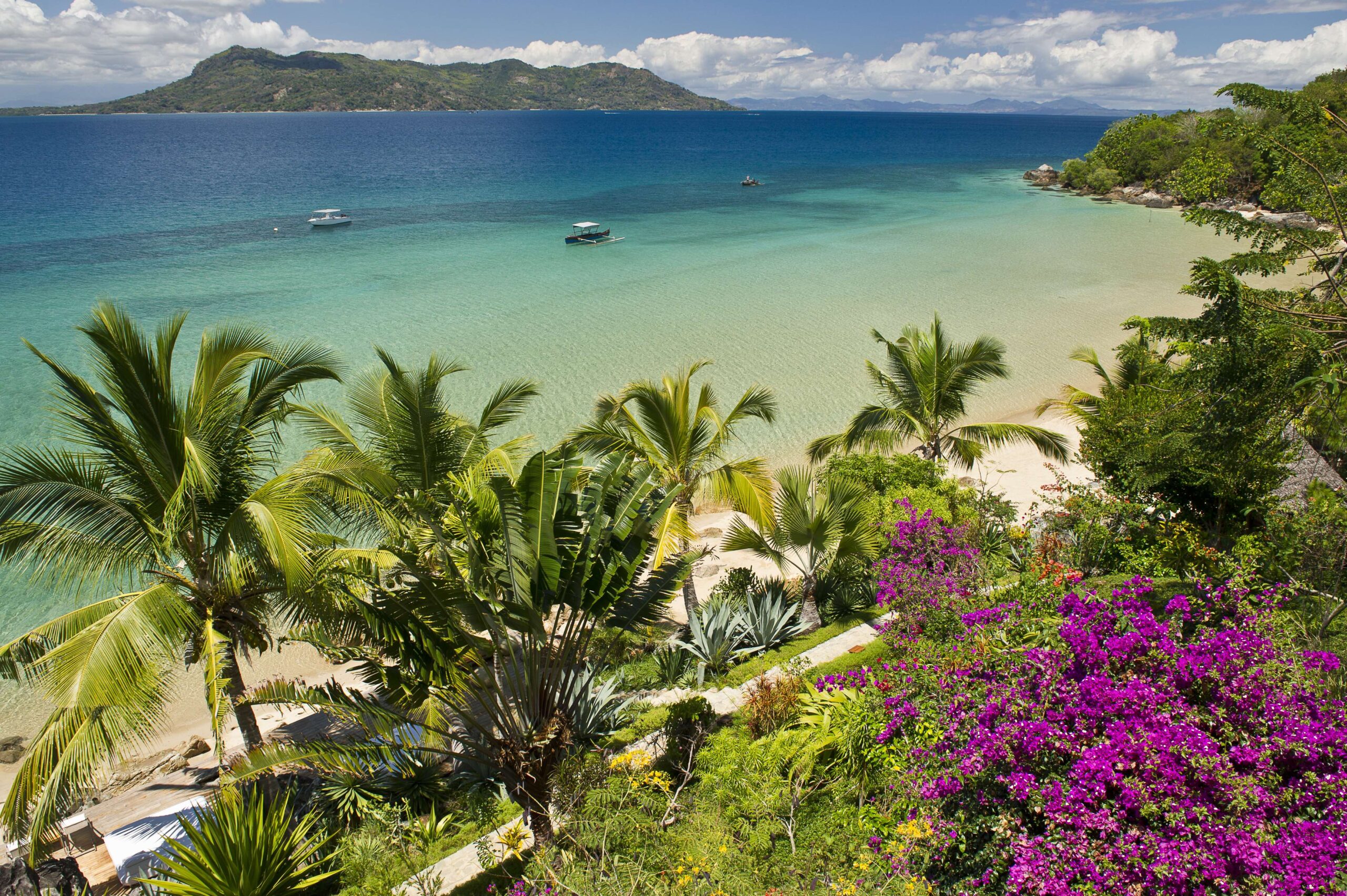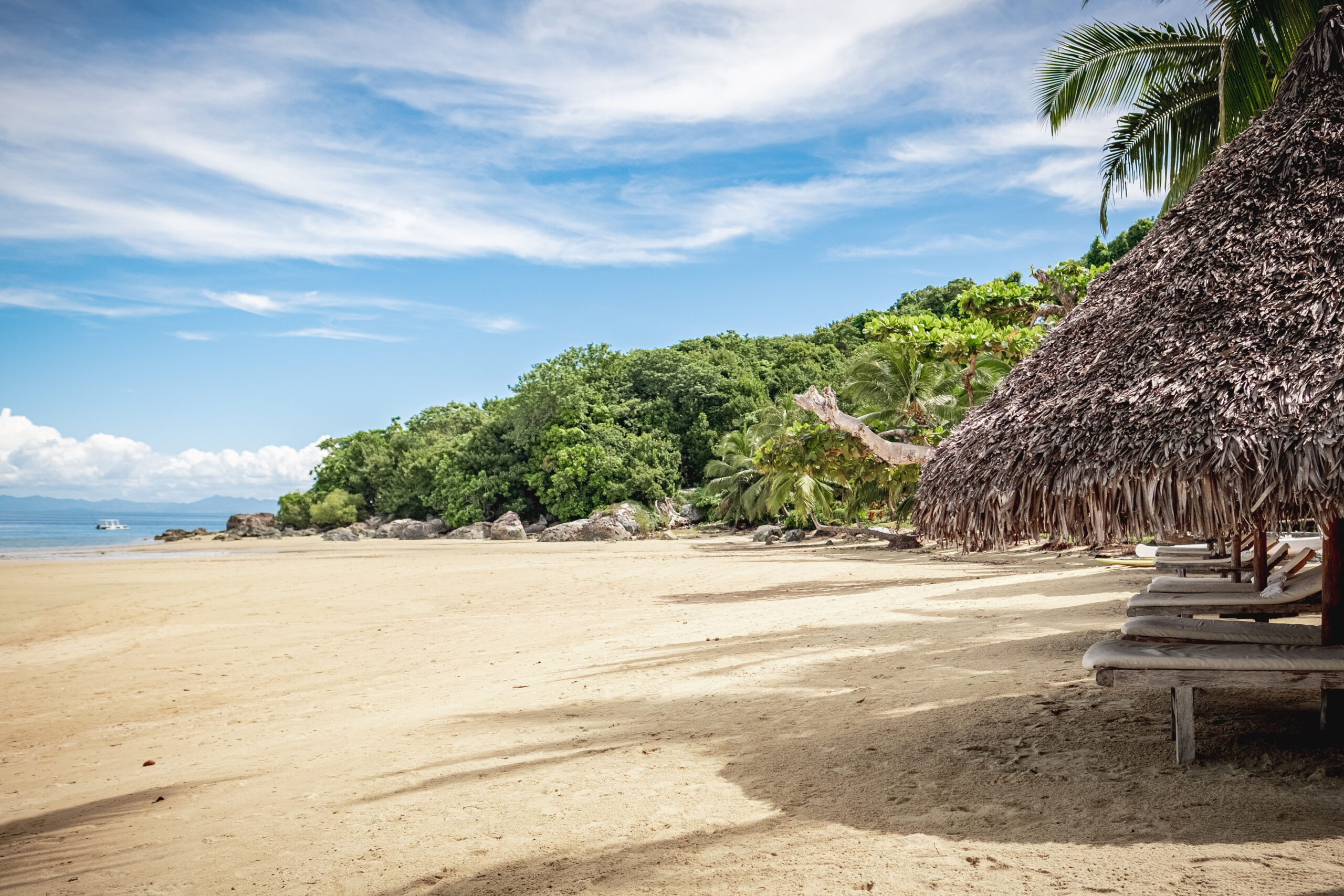Meaning “Big Island” in Malagasy, Nosy Be is renowned for its stunning beaches, diverse marine life, and a unique blend of cultures influenced by Arabic and Indian heritage. Traders from Arabia and India established trade routes with Madagascar, bringing with them spices, fabrics, and cultural practices that have left a lasting impact on the island. The Arab and Indian influences are evident in the flavours of local curry dishes and the vibrant colours of the fabrics used in traditional clothing.
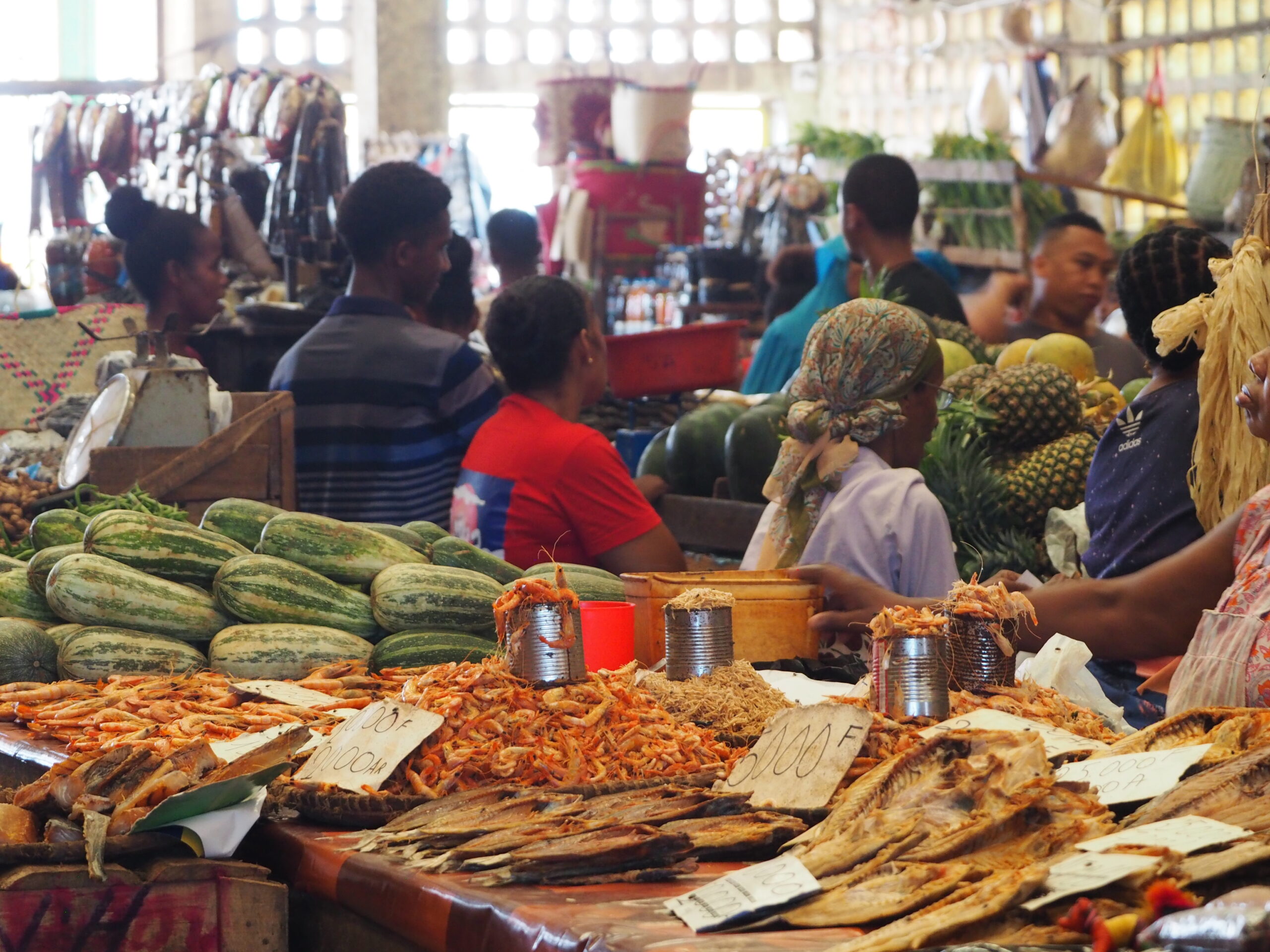
In the main town, worryingly named Hell-Ville, the bustling covered market, “Le Grand Marché,” is a melting pot of cultures and mirrors North African markets with its diverse offerings of spices, fruits, basket weavers, and butchers. Adjacent to Hell-Ville is the jetty leading to Lokobe Reserve, covering around 740 hectares and housing the last lowland rainforest on Nosy Be Island. Known for its Black Lemur and other nocturnal species, Lokobe is also home to endemic birds, panther-chameleons, local frogs, and snakes. The stand-out sightings were a massive boa lazing on the branches at eye level, the minuscule Brookesia minima, known as the world’s smallest chameleon, and finally the leaf-tailed geckos, aptly named because their flattened bodies and fringed edges resemble leaves, allowing them to mimic their environment perfectly.

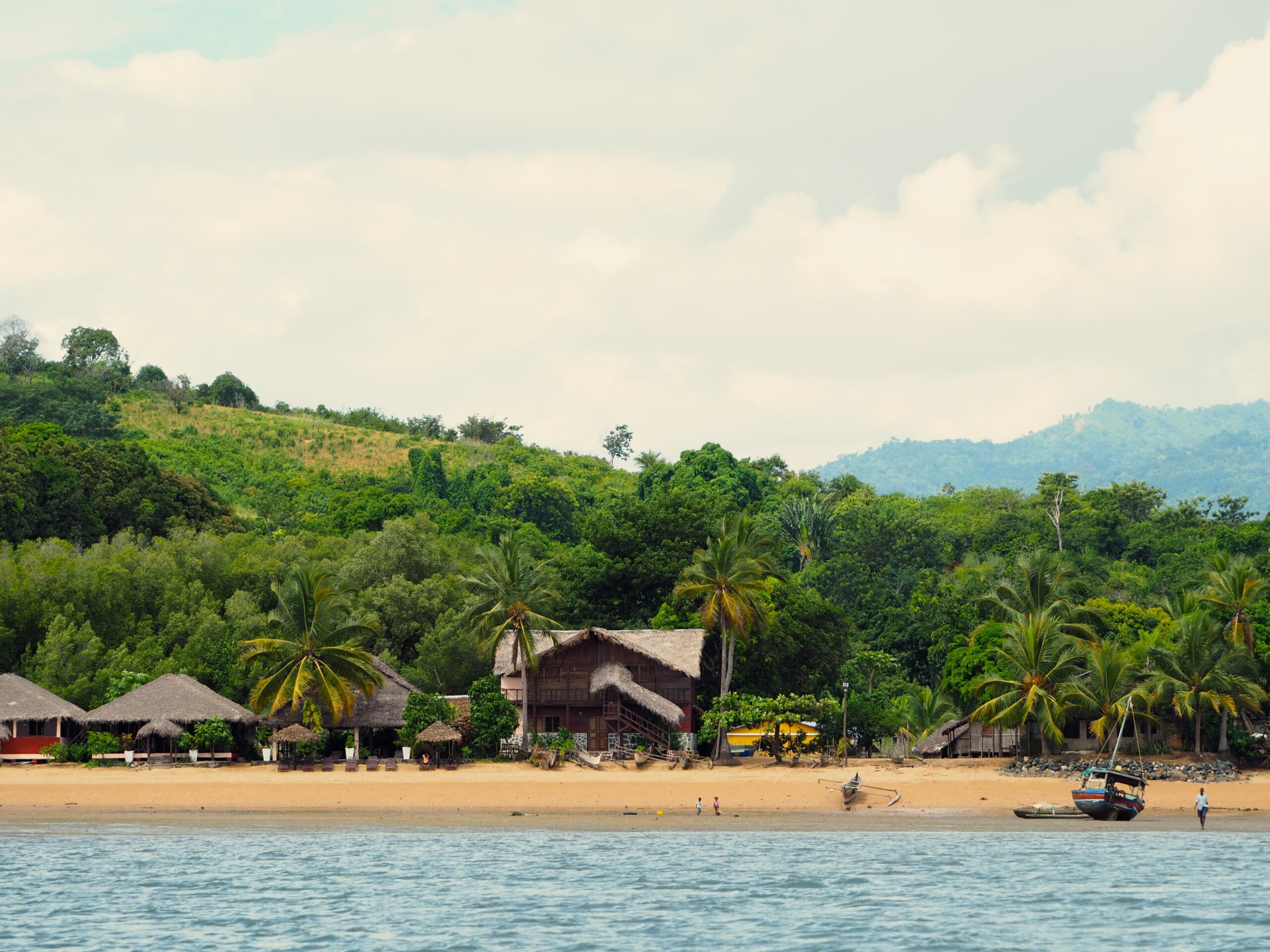
But the main pull of Nosy Be are the ingredients that make it Madagascar’s number-one beach destination: soft white sand, turquoise waters and wonderful seafood. With its sun-drenched climate throughout most of the year, diving takes centre stage, complemented by ample opportunities for swimming, snorkelling, sailing, and fishing. The island’s beaches offer an ideal setting for swimming, featuring a gradual shelf that extends for miles into the sea. The serene and hassle-free ambiance is accentuated by abandoned pirogues on the sand and dhows floating offshore. The calm waters also provide an excellent backdrop for sailing enthusiasts.

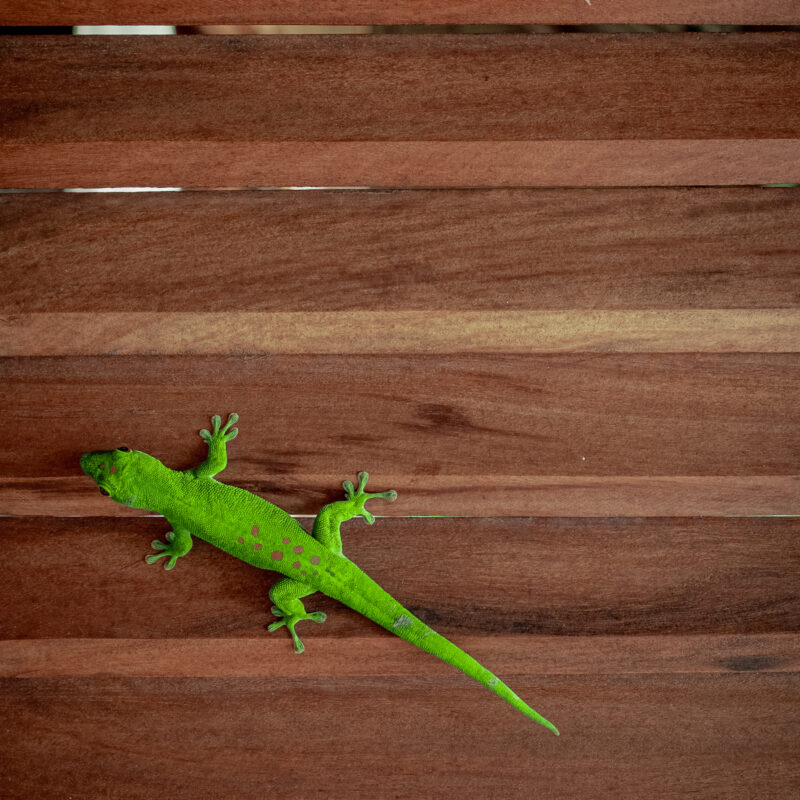
Nearby, a brief boat journey of 75 minutes, Nosy Iranja awaits, comprising two paradise-like islands connected by a strip of white sand. This Instagram-worthy haven boasts turquoise waters, white sands, lush coconut palms, and vibrant tropical flowers. The southern part of the island serves as a vital breeding reserve for hawksbill turtles and attracts rare bird species.
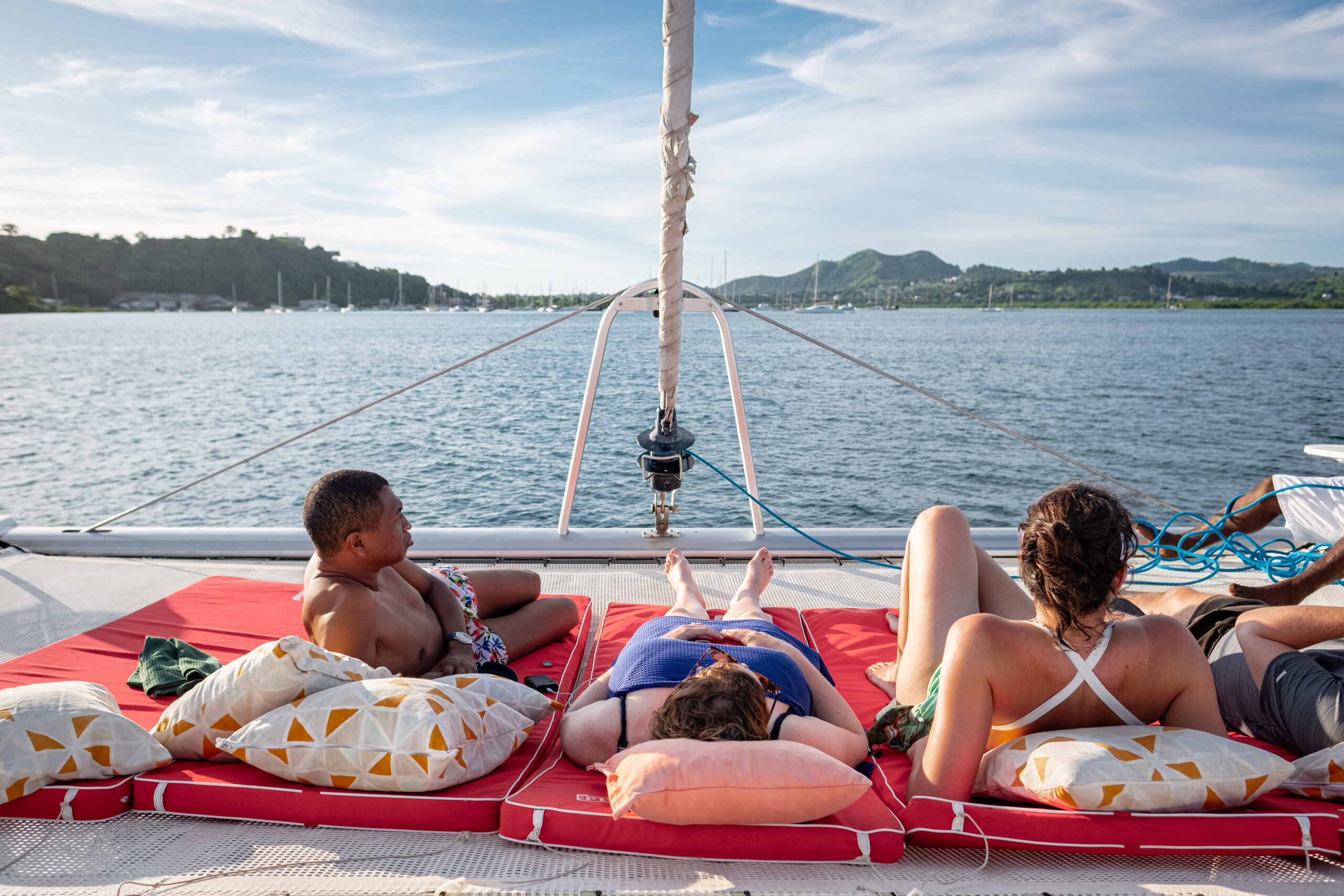
Not far away is Nosy Komba, aptly named Lemur Island, where black lemurs call home. These friendly creatures are so accustomed to human interaction that within moments, you might find three of them perched on your shoulders, eager to share the food from your hands. It’s a perfect opportunity for capturing beautiful close-ups and memorable animal selfies.

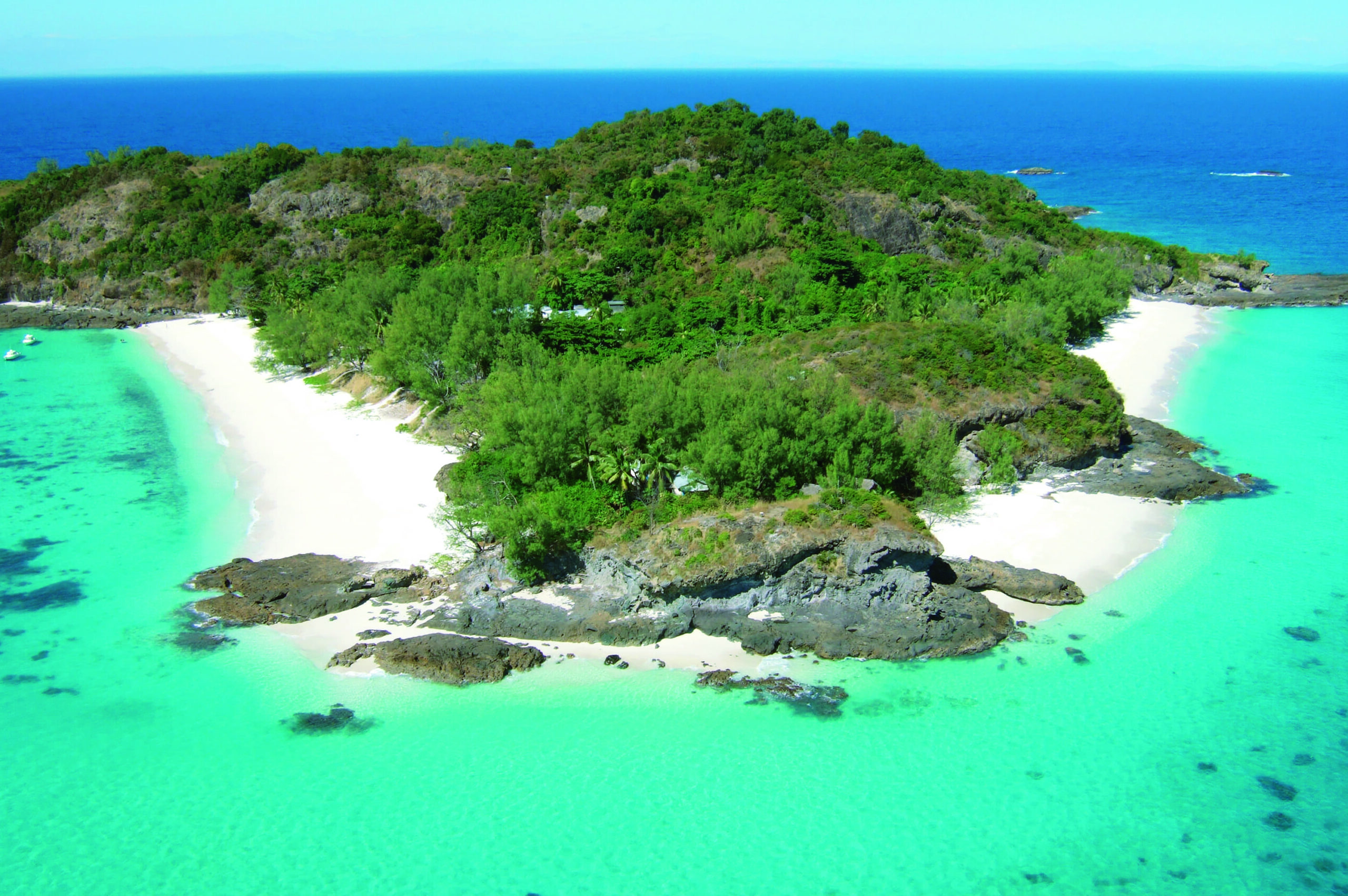
The standout properties in the area are both located away from the hustle of the main island: Constance Tsarabanjina (on Nosy Tsarabanjina), features a beachfront sand floor bar offering a picturesque setting for fresh seafood and cocktails. The resort caters to water sports enthusiasts with a well-equipped centre and organizes sightseeing trips, including diving activities (PADI).
Tsara Komba (on Nosy Komba) is our top beach choice: undoubtedly one of Madagascar’s most sophisticated retreats, Tsara Komba boasts eight elegant, thatched chalets constructed from traditional, natural materials. Nestled in beautifully landscaped hillside gardens, the spacious chalets all feature a generous private veranda with views of the clear turquoise waters surrounding Nosy Komba island. The food and service are exceptional, and the young chef is very well known in the country and a rising star. The lodge’s restaurant serves an array of Malagasy dishes, with many ingredients coming from the lodge’s own organic garden or from the nearby communities, ensuring a farm-to-table experience.
